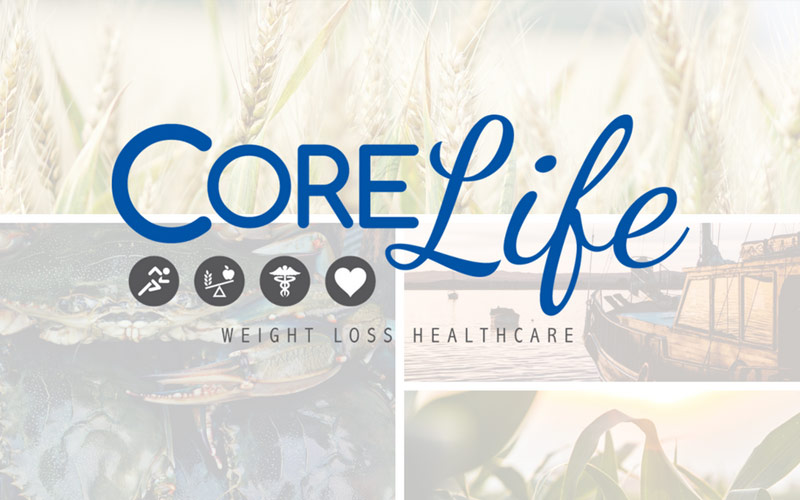For many, this may be the first time you’ve heard that the nutrition label on our food is changing. In the nutrition world, it’s a pretty big deal, and the hope is that the changes will assist people in making healthier decisions and being more aware of what you’re putting in your body. Now, you won’t see these changes right away, as it will obviously take companies some time to reformat all of their labels to comply with the new regulations. Additionally, because of the “wording” of the new label, some companies are considering changing their product recipes, as they’re concerned that the new label won’t cast their product in a very flattering light.
So, what’s changing? A number of things, but I’m going to just highlight the biggest, most dramatic ones. First, the serving size will be larger, and in bold type, in an effort to draw a bit more attention to the amount. More striking than that, however, is the actual change to serving sizes themselves. Manufacturers kind of randomly assigned serving sizes to products, often to keep their calorie and nutrition values “reasonable”. The new guidelines, however, will represent the amount a typical person consumes in one sitting. So, if the serving size once said two crackers, but in reality, people were eating six, the new serving size on the new labels will say “six crackers”. Maybe a more striking example would be ice cream. Typically, the “serving size” for ice cream is about a ½ cup. But, the typical amount eaten is double that or more. The new label will reflect that, perhaps stating that the serving size is “1 cup” instead. Now, keep in mind, these new serving sizes are NOT a recommendation, but an attempt to reflect more accurately what the average person is going to be consuming. So, just because the serving size has “increased”, doesn’t mean you should take that as encouragement to eat the full amount, especially if you’re not hungry or would be just as happy with less.
Additionally, products that could be consumed in one sitting or multiple (think a pint of Ben and Jerry’s), will contain two labels; one for the individual serving, and one that calculates the value of the entire container. And packages that are currently between one and two servings will now be labeled as just one serving (“king” size bag of chips or a 20-oz bottle of soda, etc.). Again, this is not a recommendation, but a reflection of what people are currently consuming so that you have an accurate account of how much you’re actually eating (and don’t have to do the math for multiple servings!).
The biggest change, in my opinion, though, is the new “Added Sugar” category. Currently, there is just a “Sugar” category, under the Carbohydrate title. This quantity reflects the sugars, regardless of the source, within a product. That means that natural sugars, like those that are already present in fruits and dairy, are lumped in with added sugars, like table sugar, cane sugar, dextrose, etc. Now, with the new label, a distinction will be made. Sugars not naturally found in a product will have their own line on the new label, calling more attention to the amount of added sugars in our food supply. This is a remarkable change. If you decided to join me in my no added sugar challenge, you’ve probably found that sugar is in…everything. Condiments, bread, crackers, all sorts of savory snacks, cereals…it’s difficult to find a boxed or packaged product that DOESN’T contain added sugar. But, with all the ingredient labels stating “natural flavors” and “fruit” this or that, it’s easy to write the sugar content on the label off as “natural”. No longer! You’ll be able to see at a glance just how much of the sugar in the product is naturally occurring and how much has been added in in processing. Hopefully, this will help make you more aware and more concerned with the amount of added sugar you’re taking in each day, an amount that is probably significantly higher than you can currently imagine.
Don’t expect to see the new label on your favorite food anytime too soon; June 2018 is the scheduled compliance date, with some smaller companies getting an extra year to comply. Don’t wait until the new label hits the aisles! Start paying attention to the serving sizes, the amount you actually consume, and the added sugars now. If used intelligently, the nutrition facts label can be a great way to take more control of your nutrition and your health.
Aubrey MS RDN LDN
